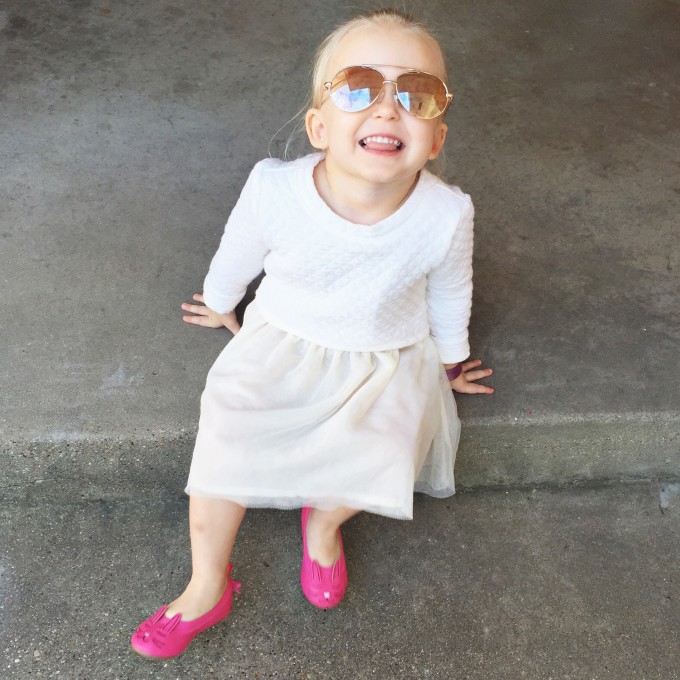 Happy Tiny Tuesday, loves! Now that some of my friends’ kiddos are transitioning from a baby to a toddler, I’ve had a lot of mommies reach out to me asking questions about language development. The questions range from how many words should a 1 or 2 year old have to should they take their child in for a speech evaluation. I wrote a post on this about a year ago, but I thought I’d put on my speech therapy hat and touch on this subject a bit again.
Happy Tiny Tuesday, loves! Now that some of my friends’ kiddos are transitioning from a baby to a toddler, I’ve had a lot of mommies reach out to me asking questions about language development. The questions range from how many words should a 1 or 2 year old have to should they take their child in for a speech evaluation. I wrote a post on this about a year ago, but I thought I’d put on my speech therapy hat and touch on this subject a bit again.
While there are defined speech and language developmental milestones, it is important for parents to know that each kiddo is different, each kiddo develops at a different pace, and each kiddo has different environmental factors playing into their language development (think bilingual, cultural difference of talking to babies v. not talking to babies, etc.).
All that being said, the best advice I can give you would be to relax first and foremost, and to stay in communication with your pediatrician as he is a good starting point for monitoring your child’s language. Also, if you have any specific questions I would be more than happy to answer them, so please feel free to email me at hello@fleurdille.com.
Below are the speech and language developmental milestones via the ASHA website. ASHA stands for American Speech-Language-Hearing Association and is a great resource for you! Let me know if you have any questions via the comments below or email.
Signs of a Language Disorder
- Doesn’t smile or interact with others (birth–3 months)
- Doesn’t babble (4–7 months)
- Makes few sounds (7–12 months)
- Does not use gestures (e.g., waving, pointing) (7–12 months)
- Doesn’t understand what others say (7 months–2 years)
- Says only a few words (12–18 months)
- Doesn’t put words together to make sentences (1½–3 years)
- Has trouble playing and talking with other children (2–3 years)
- Has problems with early reading and writing skills—for example, may not show an interest in books or drawing (2½–3 years)
Ways to Help With Language Disorders
- Listen and respond to your child
- Talk, read, and play with your child
- Communicate with your child in the language that you are most comfortable using
- Know that it’s good to teach your child to speak a second language
- Talk about what you are doing and what your child is doing
- Use a lot of different words with your child
- Use longer sentences as your child gets older
- Have your child play with other children
Signs of a Speech Sound Disorder
- Says p, b, m, h, and w incorrectly in words (1–2 years)
- Says k, g, f, t, d, and n incorrectly in words (2–3 years)
- Produces speech that is unclear, even to familiar people (2–3 years)
Ways to Help With Speech Sound Disorders
- Say the sounds correctly when you talk—it’s okay if your child makes some mistakes with sounds
- Don’t correct speech sounds—it’s more important to let your child keep talking
Signs of Stuttering (Disfluency)
- Struggles to say sounds or words (2½–3 years)
- Repeats first sounds of words—”b-b-b-ball” for “ball” (2½–3 years)
- Pauses a lot while talking (2½–3 years)
- Stretches sounds out—”f-f-f-f-farm” for “farm” (2½–3 years)
Ways to Help With Stuttering or Disfluency
- Give your child time to talk
- Do not interrupt or stop your child while he or she is speaking
- See an SLP if you are concerned (Many young children stutter for a short period of time; in most cases, the stuttering will stop.)
xx – anna




